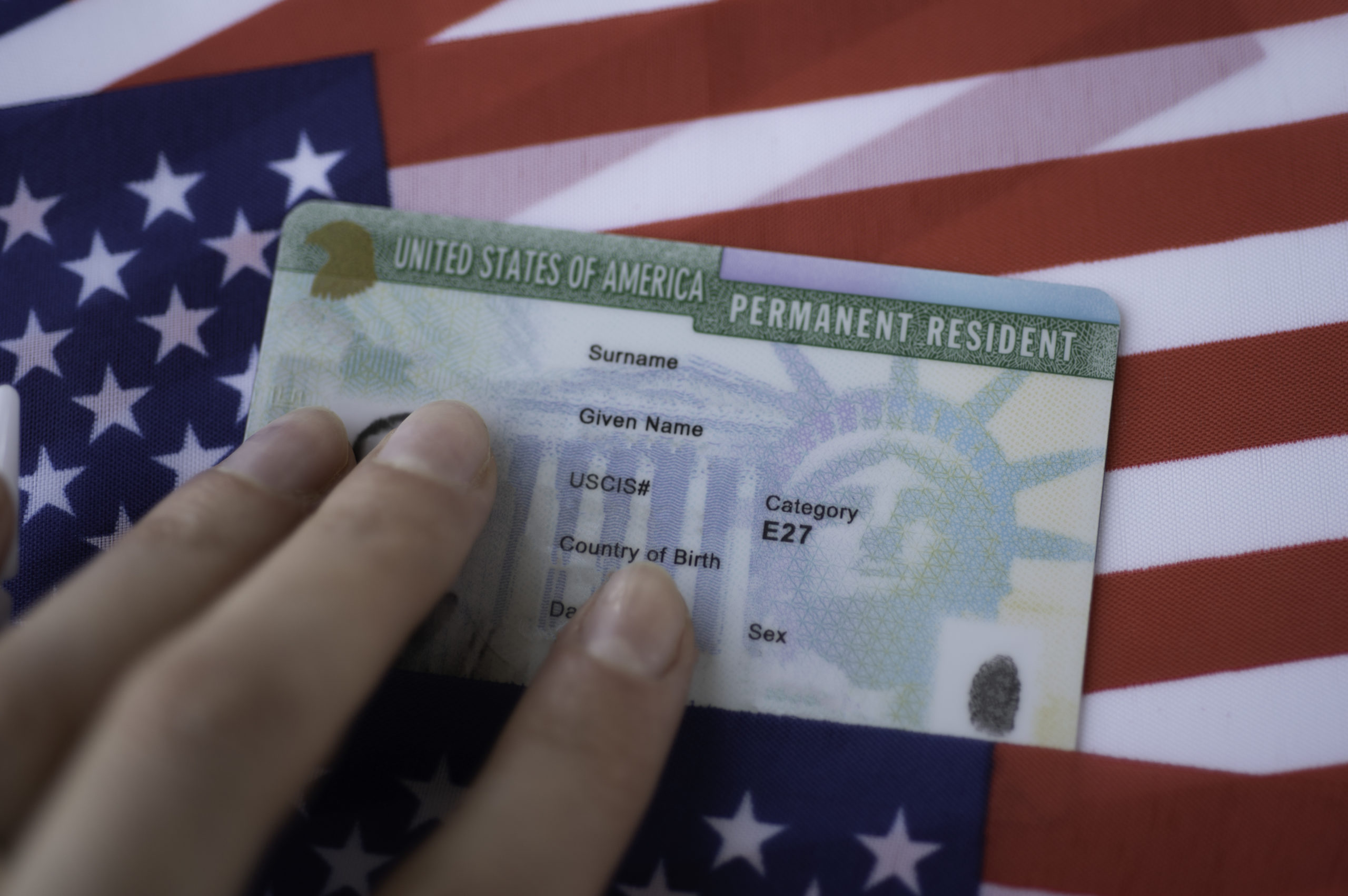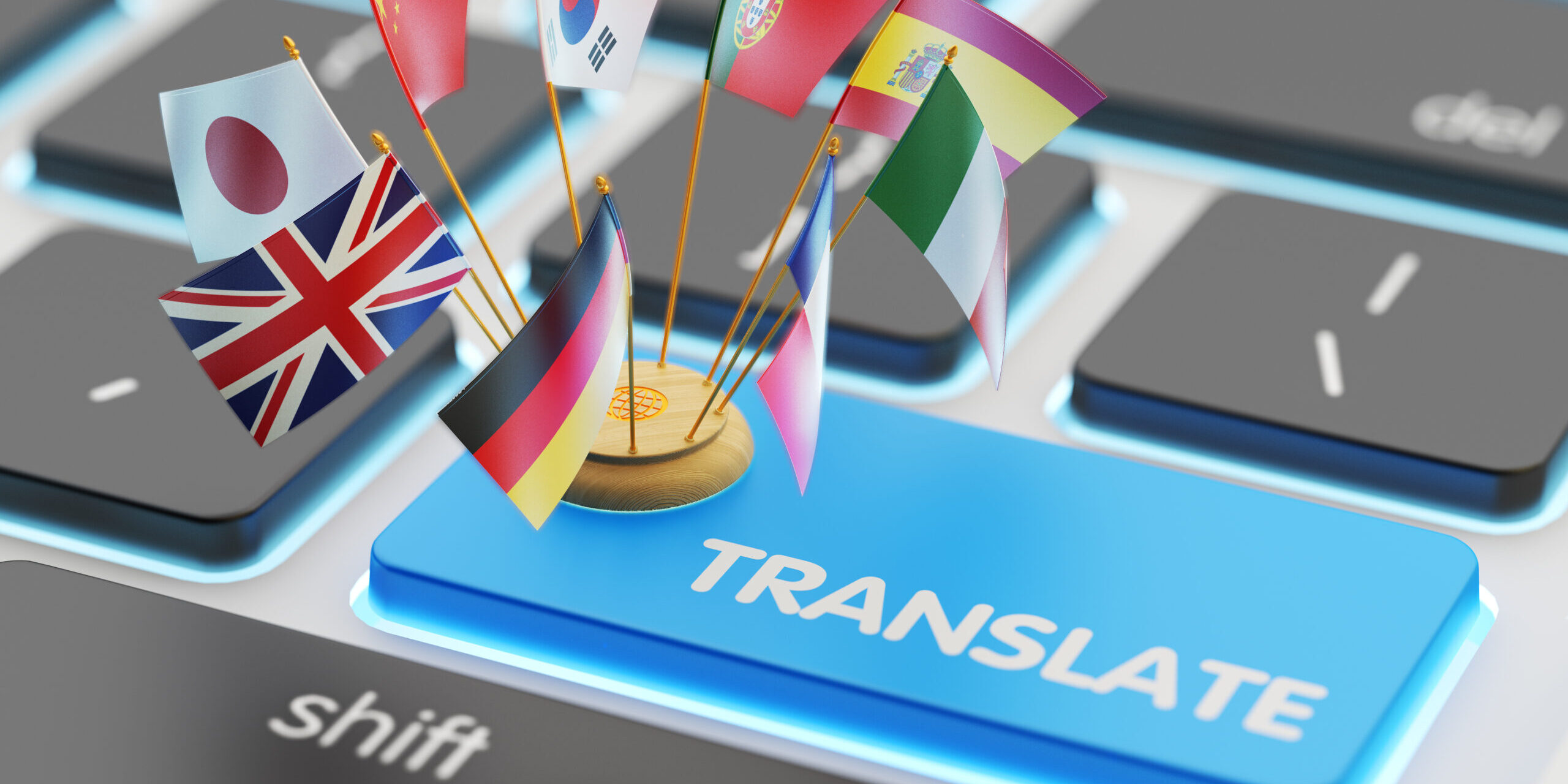For Chinese patent applicants aiming to enter the Spanish market, accurately translating patent documents into Spanish is a critical task. Negotiating translation rates involves not only cost considerations but also quality and legal compliance. This report thoroughly examines the rationality of long-term cooperation discounts and pricing by technical field, providing a comprehensive guide to help applicants successfully submit patent applications in the Spanish market.
Background on Translation Rates
Patent translation rates from Chinese to Spanish typically range from $0.20 to $0.40 per word, reflecting the specialized nature of patent translation. Industry research indicates that rates vary based on language pairs, subject complexity, and translator experience. Since Chinese is a character-based language, translators often charge per 1,000 characters, while rates for Spanish (a word-based language) may be calculated per word. Patent translation requires translators to possess both linguistic skills and familiarity with technical and legal terminology, justifying higher rates compared to general translation services.
Detailed Analysis of Long-Term Cooperation Discounts
Long-term cooperation is an effective strategy to reduce translation costs. Studies show that many translation agencies offer discounts for bulk projects or ongoing partnerships. For example, Alingua Translation Agency mentions regular clients receive lower rates and discounts, while PoliLingua offers loyalty discounts of up to 10%-20%. The benefits of long-term cooperation include:
- Cost Savings: Bulk or ongoing projects may qualify for discounted per-unit rates. For instance, committing to translate multiple patents could secure preferential pricing.
- Consistent Quality: Working with the same translator ensures terminology and style consistency, which is crucial for cross-patent documentation.
- Priority Service: Regular clients may receive scheduling priority to meet tight deadlines.
Building long-term relationships also enables the use of translation memory tools, identifying repetitive text to further reduce costs. For example, D.O.G. GmbH states that repeated text is charged only once, lowering expenses.
Rationale for Pricing by Technical Field
The complexity of technical fields significantly impacts translation rates. Pricing variations are justified for the following reasons:
- Specialized Expertise Required: Different fields demand translators with specific knowledge. For example, biotechnology patents involve complex scientific terminology, requiring specialized translators with rates closer to $0.40 per word. Mechanical engineering patents, less technically demanding, may range between $0.20 and $0.30 per word.
- Scarcity of Experts: Fewer translators specialize in niche technical fields, creating supply-demand imbalances that drive up rates. For instance, biotechnology translators are scarce, leading to higher fees.
- Risk and Liability: Errors in patent translation can result in legal and financial consequences, justifying higher compensation for precision.
The table below summarizes typical rate ranges across technical fields:
|
Technical Field |
Typical Rate Range (per word, USD) |
Reason |
|
Biotechnology |
$0.35 - $0.40 |
Complex scientific terminology, specialized expertise |
|
Engineering |
$0.20 - $0.30 |
Moderate technicality, higher demand |
|
Pharmaceuticals |
$0.30 - $0.40 |
Legal and scientific terminology, high risk |
|
General Technology |
$0.20 - $0.25 |
Relatively simple, abundant translator resources |
Strategies for Rate Negotiation
Effective negotiation requires a structured approach:
1. Research Market Rates: Understand the benchmark range of $0.20–$0.40 per word to inform negotiations (e.g., U.S. Language Services) offers certified translations at $39 per page).
2. Obtain Multiple Quotes: Contact at least three translation agencies to compare rates and services, ensuring quotes include certifications or additional fees.
3. Discuss Long-Term Cooperation: Highlight multiple patents or future projects to inquire about bulk or long-term discounts (e.g., 10%–20%).
4. Clarify Requirements: Provide detailed project information, including technical field, word count, deadlines, and certification needs, to ensure accurate quotes.
5. Verify Expertise: Request patent translation samples or client references to confirm the translator’s experience and quality, particularly in relevant technical fields.
For Chinese patent applicants, balancing translation costs with quality requires understanding rate determinants and employing effective negotiation strategies. Investing in professional translation not only ensures successful patent applications but also lays a solid foundation for entering the Spanish market, as high-quality translations accurately convey technical content, comply with local legal requirements, and mitigate risks. Additionally, researching the market, comparing quotes, and building trust with translators will further secure strategy implementation, yielding long-term returns for international patent strategies.
For expert Chinese-Spanish patent translation services tailored to your technical field, trust Artlangs Translation. We combine competitive pricing with rigorous quality assurance, offering long-term partnership discounts and specialized expertise to ensure your patents meet Spain’s legal standards. Visit our website to streamline your global IP strategy with precision and cost-efficiency.











